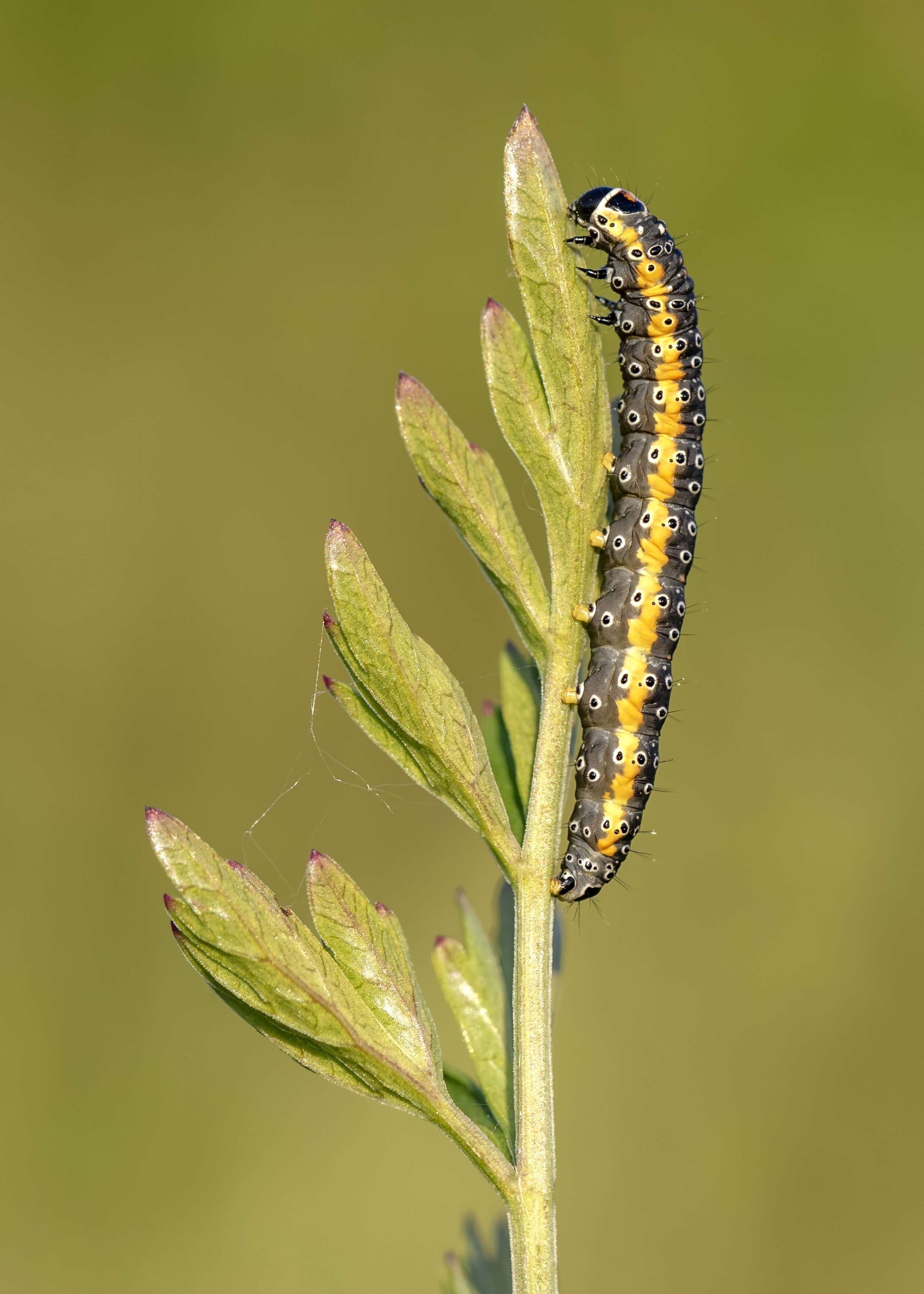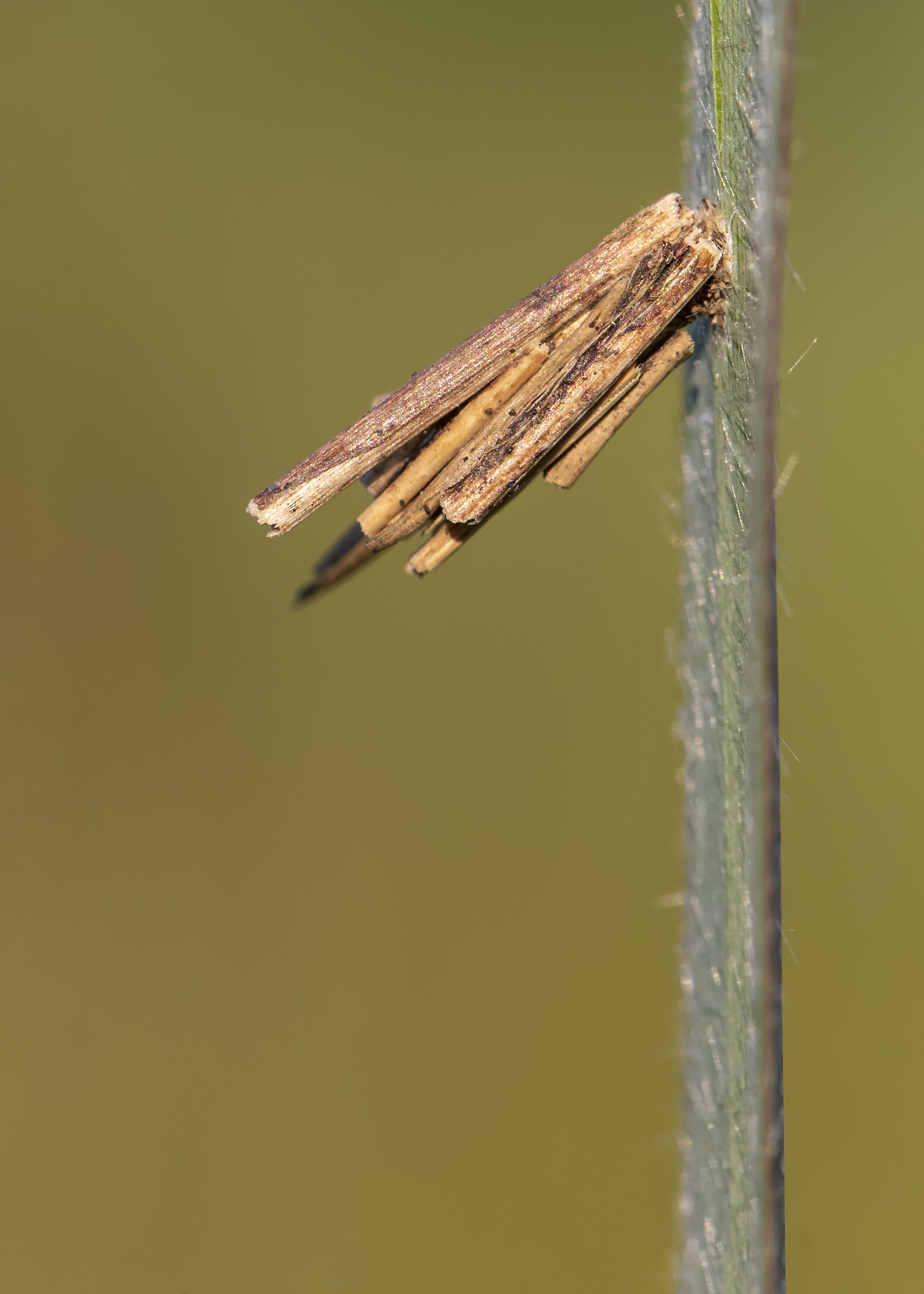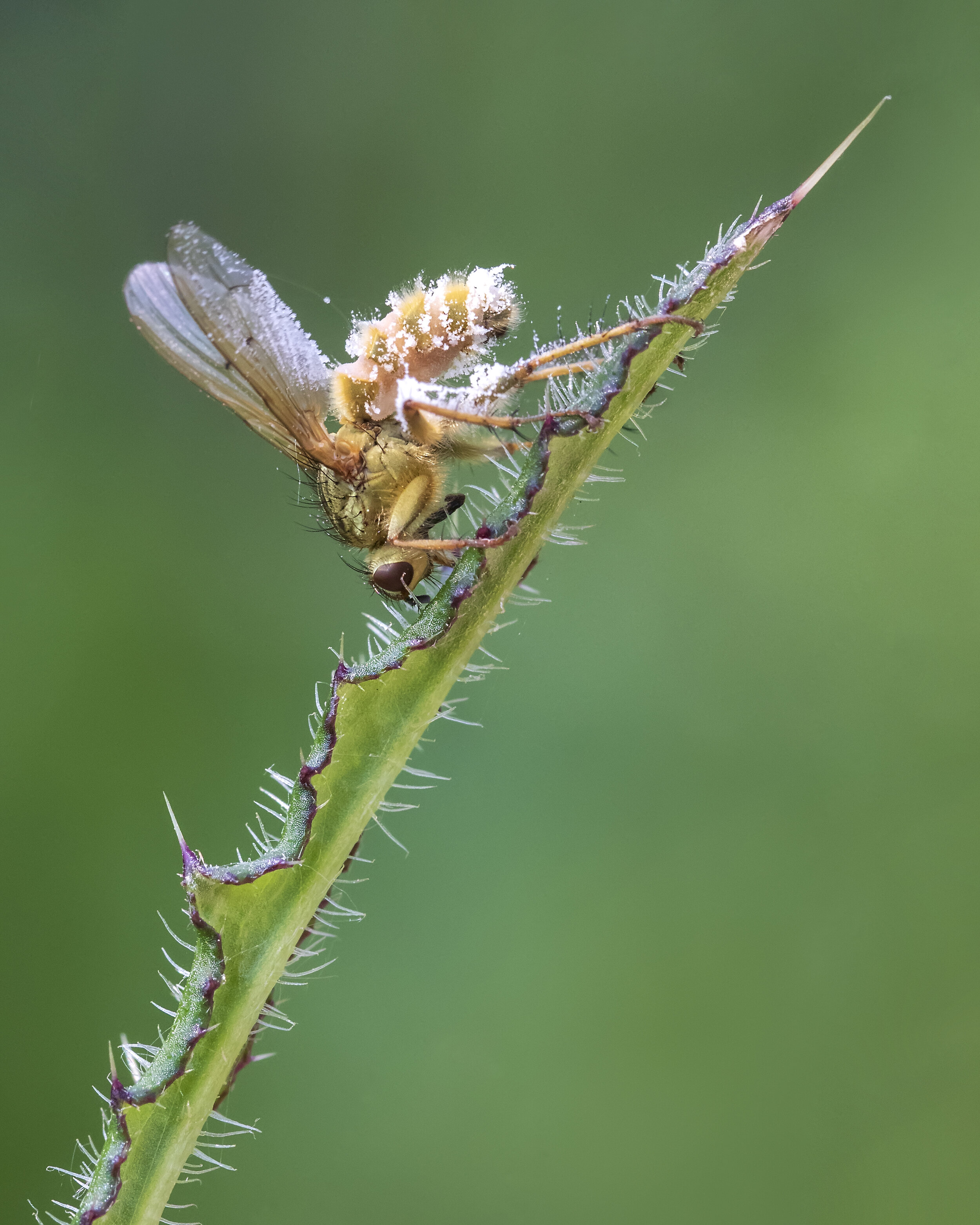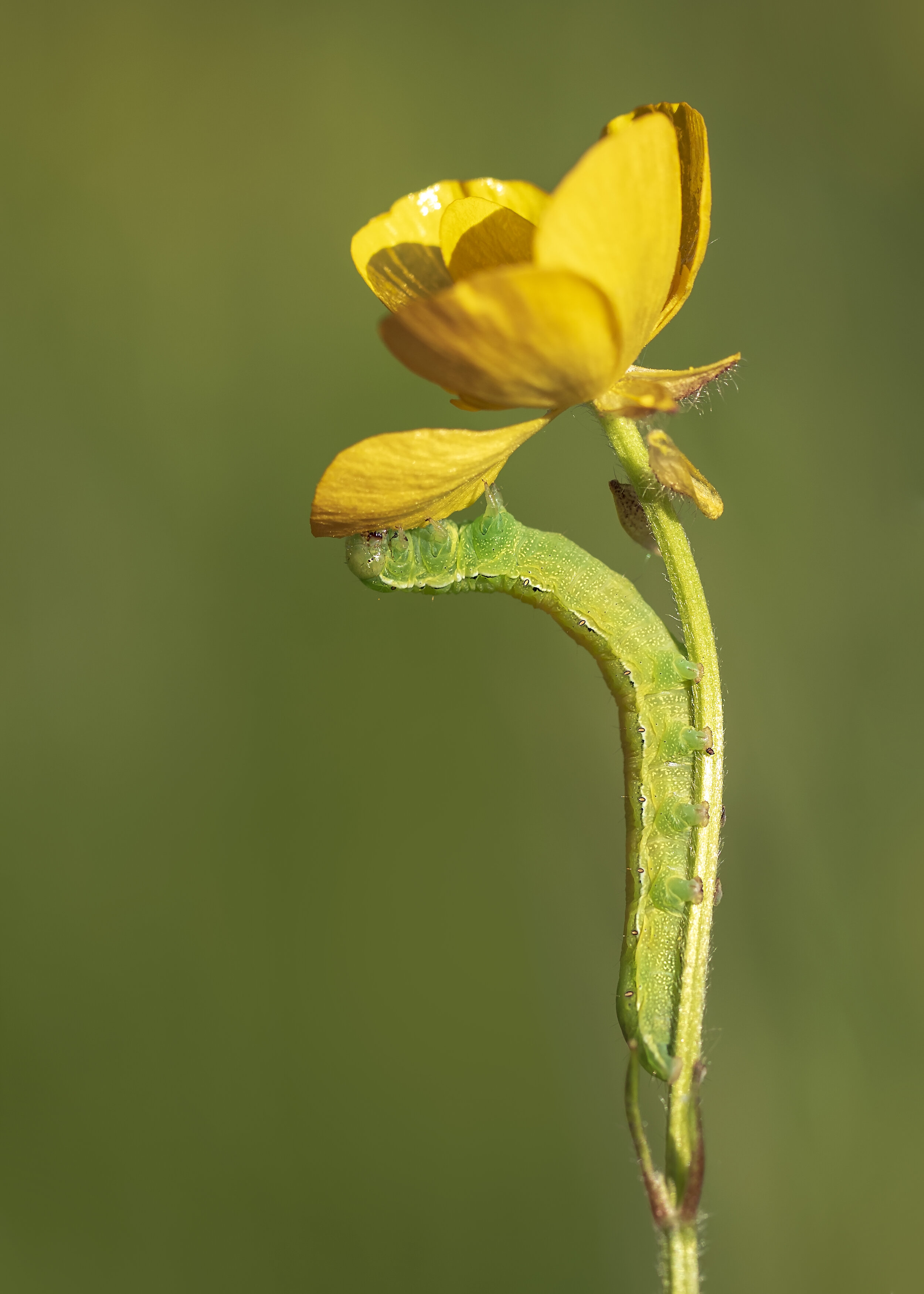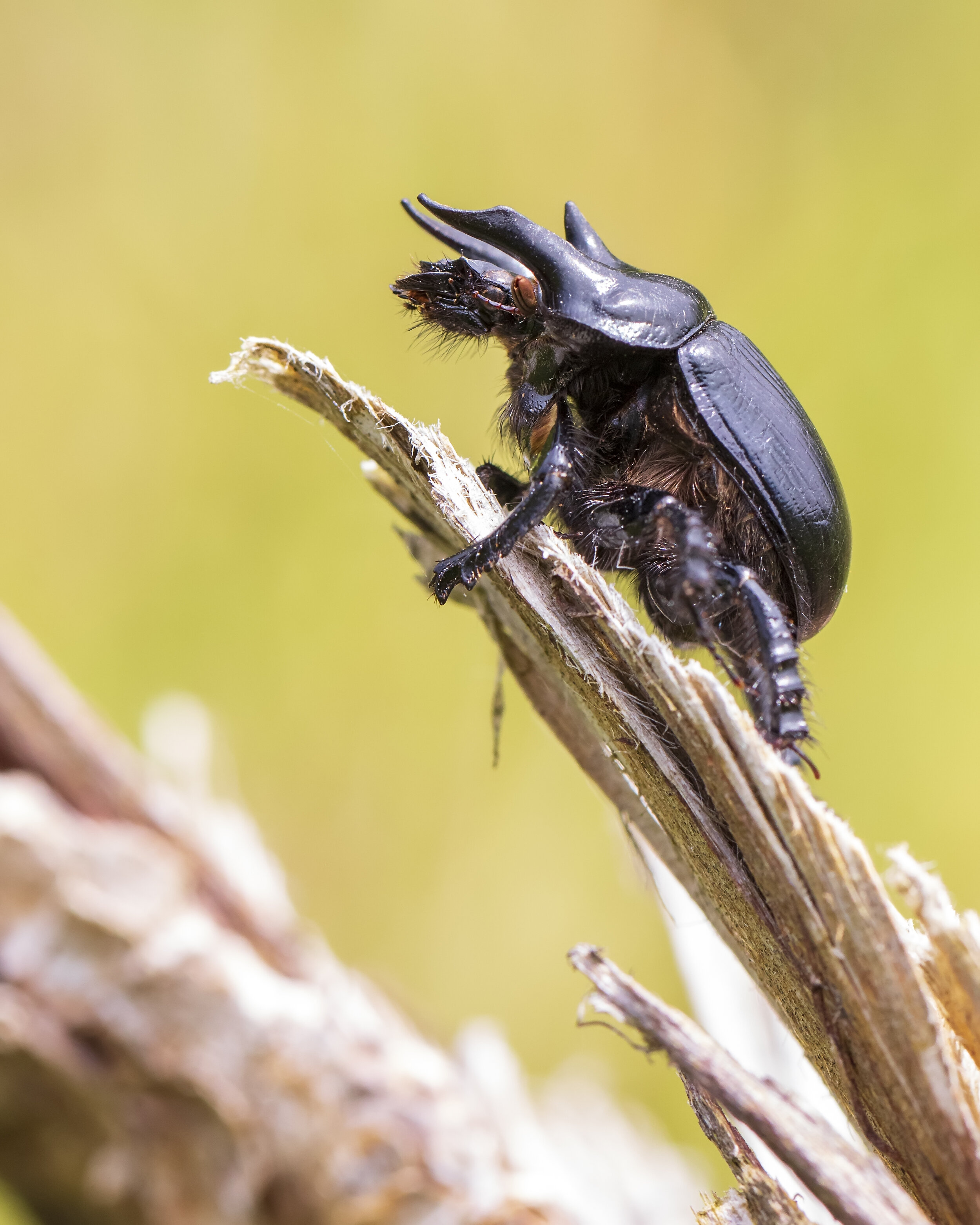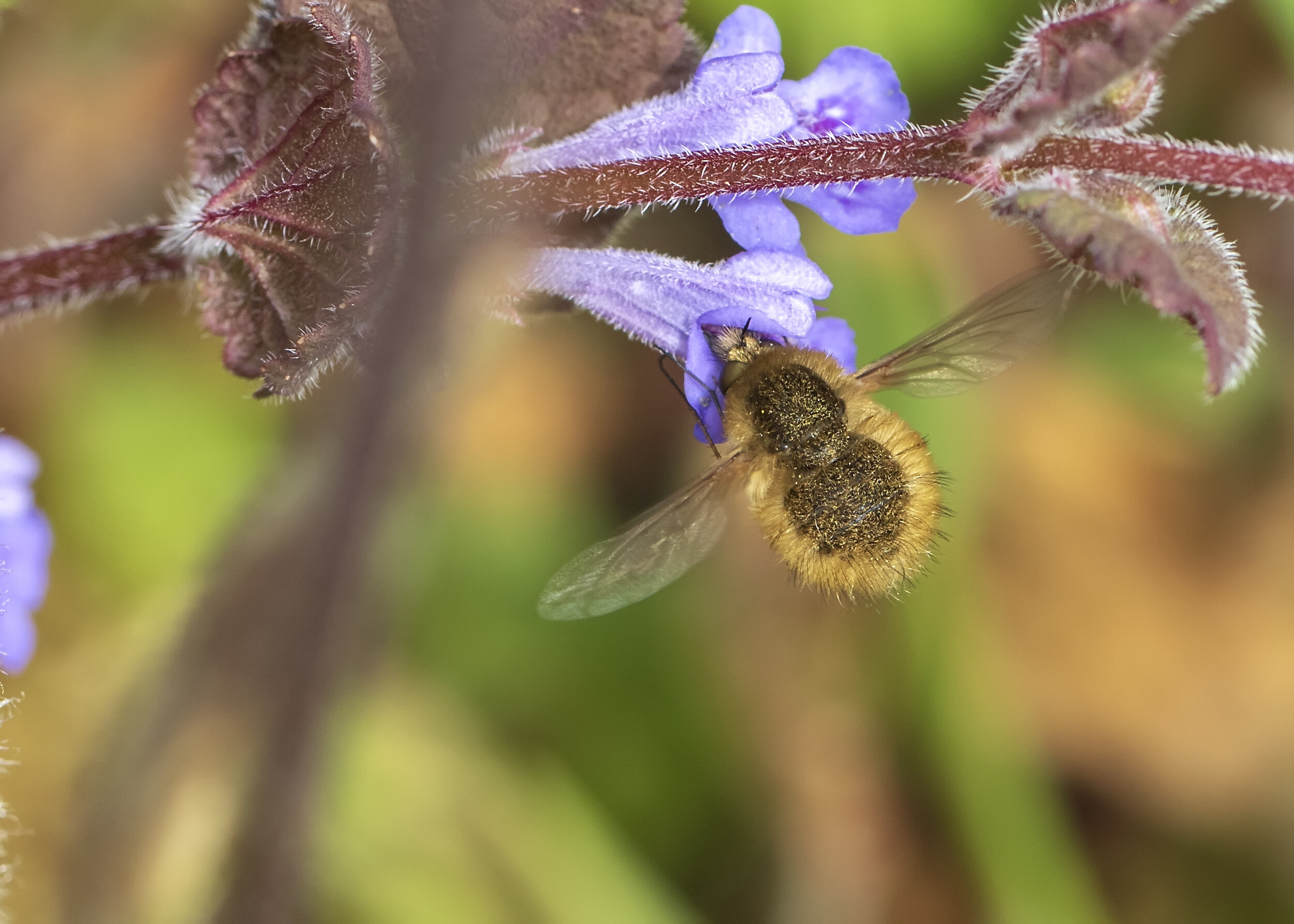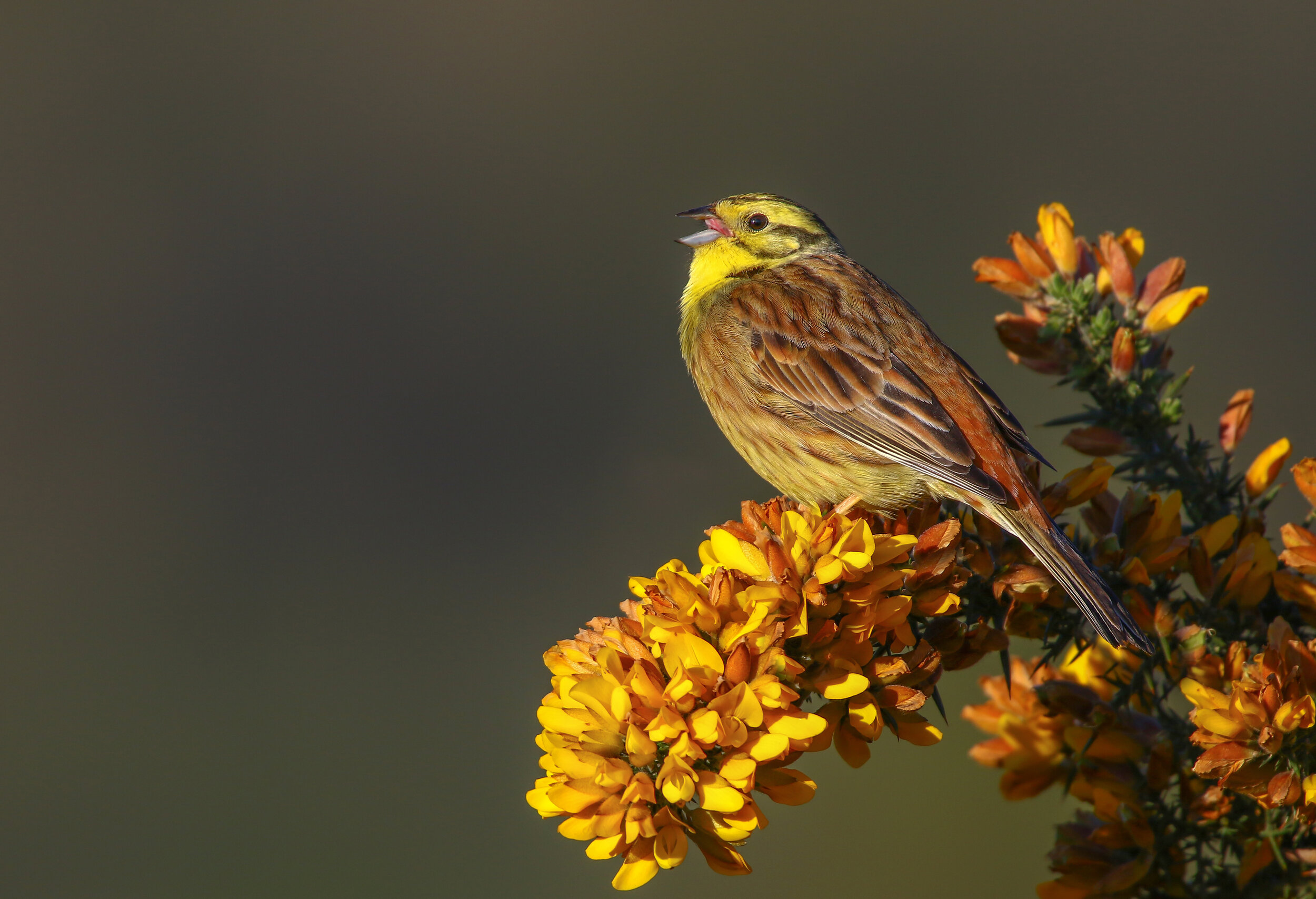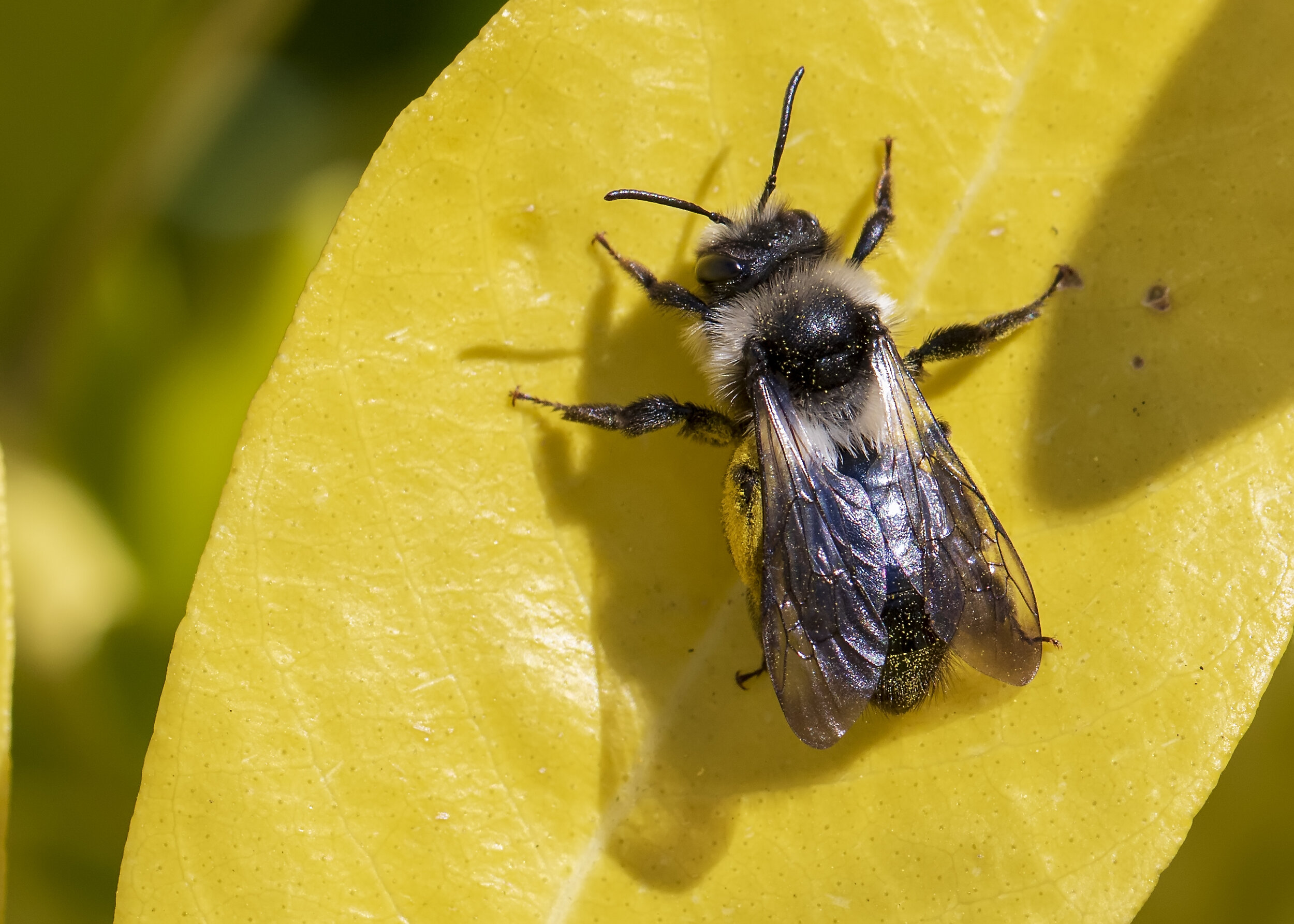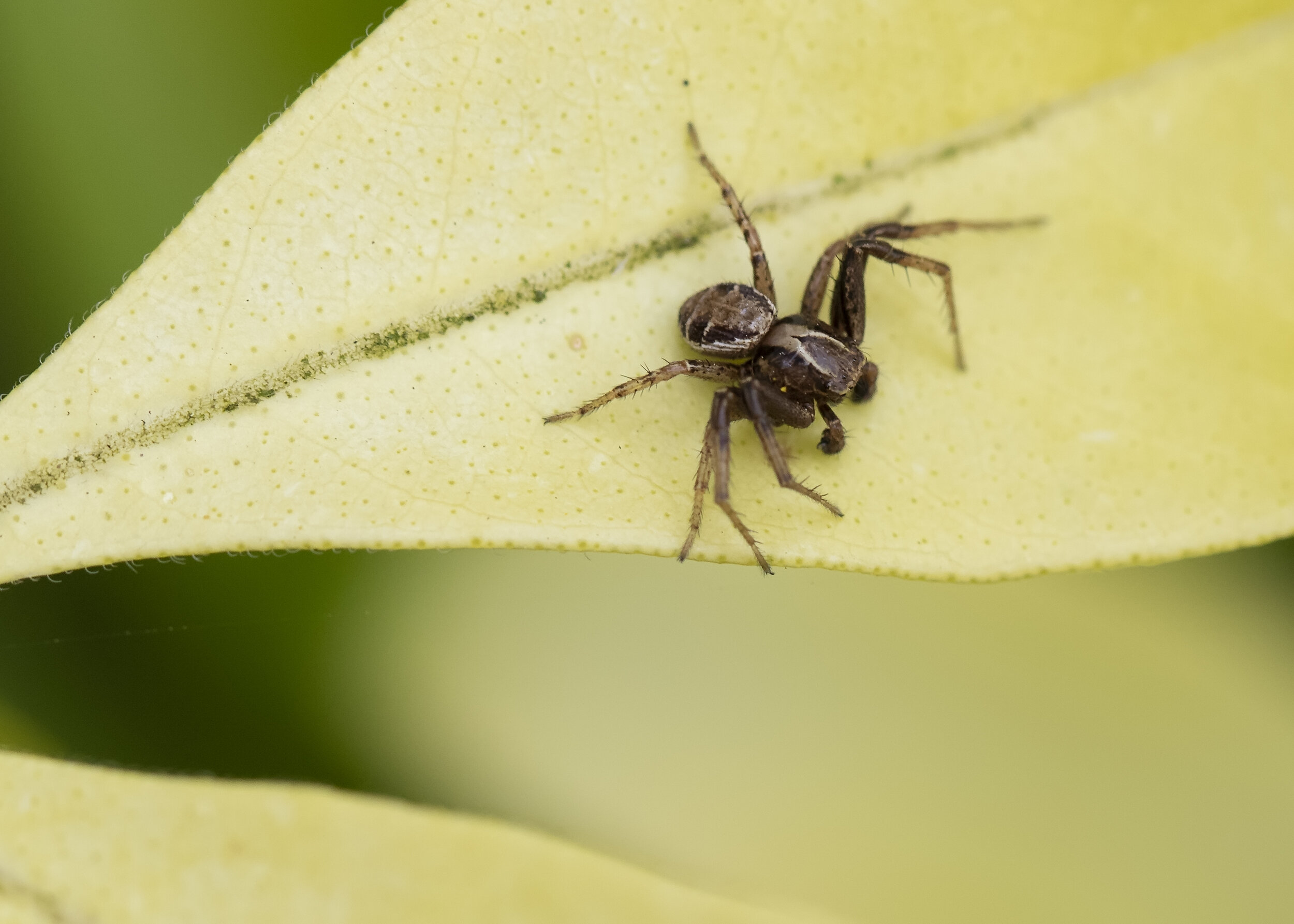Finally some rain! The land scarred and charred by fires will be thankful as hopefully this rain will prevent further spread. I’ve had a wakeup call with these fires. We need serious change in the way we educate our children. Upon returning to my car after monitoring the Nightjar broods, I was approached by a young lad who couldn’t have been no older than 10. He thought I had a gun, so was interested to learn what I was doing. I obviously showed him my camera, told him I was photographing wildlife. He said ‘what wildlife’ and then continued to say that they weren’t allowed up the mountain anymore because they were caught lighting fires and shooting wildlife! He told me this with pride on his face! like it was a huge achievement to shoot defenceless animals for fun. Whilst I’m glad to hear they’re not allowed up the mountain anymore, it makes me realise how naive we are to the brutal destructive nature of some children. I still get people who get offended when I say children are the cause of many of these fires, because who would want to blame an innocent. Of course, they are innocent as I don’t believe for one second that they are aware of the destruction they are causing, and I don’t blame them at all, I blame the system they’re brought up in. Many of which suffer because they’re brought up in hostile environments which lead them to find ways of expressing anger and frustration. I wish I could have spent more time with the kid to bring him around to see the affects of what he’s doing but he had that look in his eye, he really did look like a lost cause already which is so sad. Of course it’s not just children causing fires as it could be anybody, it could even be a total accident, throwing a fag end into dry bracken or heather is all it could take to take a whole mountain out. Please be more careful, if you don’t know how to light a safe camp fire, please learn from somebody who does and please do so far away from prone habitat like heathland, clear-fells or condensed woodland where even an ash catching the wind could cause havoc.
Ranting over, I took this moment to bring myself back to the basics, to focus on the little things that got me inspired as a child. Whether that’s the patterns found in ferns and flowers, that magical golden ratio, literally the blue-prints of the earth and things we take for granted day-to-day, like the beauty of rain and how it sits on leaves for a moment like a scene from the amazon rainforest itself. There’s beauty in everything and you don’t need to focus on rare and wonderful things to see it. I’m guilty for this myself but I don’t want people thinking this is the reason why I’m photographing Nightjar. It’s fare more than that for me, they’re literally my favourite bird, because I relate to them on so many different levels.
Why I love Nightjar. It’s not just about the physical challenge of finding these elusive birds, or the fact that they look awesome. There’s a deep deep connection with every bird I find, (or don’t find). It’s because I see a lot of myself in these birds. They prefer their own company, they spend most of the day on their own watching the world go by and they succeed off the back of destruction and chaos as their chosen habitat is forever changing and they have to learn how to adapt. There’s a mystery surrounding the species which will forever encapsulate me. On the left is a female from my original burnt site. She’s about to lay her first clutch any day now. On the right is a new male from a completely different location and his female has already laid and he’s chosen to watch over her from a nearby tree. The tree roost is a good idea when it’s raining as it gives them that extra bit of colour they need to stay dry enough that their feathers don’t wet out and prevent them from exploiting the dry periods so they’re able to hunt for nocturnal moths.
Talking about Nocturnal, this is a good time of year to listen out for Owl chicks as they’re quite vocal, constantly begging for food and reminding the parents where they are as they semi-fledge and learn to strengthen their wings, hopping from branch to branch. Took me a while to spot him/her but I was spotted pretty quickly.
I’ll leave you with something simple again. Another subject that grows around the golden ratio, ferns literally beam light from the shadows as if they give off their own source of light: Even on a dark dingy day like today.











